History GK From IAS Exam 2008 and 2009:
1. Who suggested the reconstitution of the Viceroy Executive Council in which all the Portfolios including that of War Members were to be held by the Indian leaders?
(A) Simon Commission
(B) Simla Conference
(C) Cripps Proposal
(D) Cabinet Mission
Ans: Simla Conference (B)
2. Who gave a systematic critique of the moderate politics of The Indian National Congress in a series of articles entitled New Lamps for Old?
(A) Aurbindo Ghosh
(B) RC Dutt
(C) Syed Ahmad Khan
(D) Viraraghavachari
Ans: Aurbindo Ghosh (A)
3. Who among the following used the phrase ‘UN-British’ to criticize the English colonial control of India?
(A) Anandmohan Bose
(B) Badruddin Tyabji
(C) Dadabhai Naoroji
(D) Pherozeshah Mehta
Ans: Dadabhai Naoroji (C)
4. Match List-I with List-II and select the correct answer using the codes given below the lists
| List-I (Author) | List-II (Work) |
|---|---|
| (A) Bankimchandra | (1) Shatranj Ke Khilari |
| (B) Dinabandhu Mitra | (2) Debi Chaudhurani |
| (C) Premchand | (3) Nil-Darpan |
| (4) Chandrakanta |
Select the correct answer using the codes given below
(A) A-2, B-4, C-1
(B) A-3, B-4, C-2
(C) A-2, B-3, C-1
(D) A-3, B-1, C-4
Ans: A-2, B-3, C-1 (C)
5. During the time of which Mughal Emperor did the English East India Company establish its first factory in India?
(A) Akbar
(B) Jahangir
(C) Shahjahan
(D) Aurangzeb
Ans: Jahangir (B)
6. What does Baudhayan theorem (Baudhayan Sulva Sutras) relate to?
(A) Lengths of sides of a right-angled triangle
(B) Calculation of the value of pi
(C) Logarithmic calculations
(D) Normal distribution curve
Ans: Lengths of sides of a right-angled triangle (A)
7. Where was the First Session of the Indian National Congress held in December 1885?
(A) Ahmedabad
(B) Bombay
(C) Calcutta
(D) Delhi
Ans: Bombay (B)
8. Who among the following wrote the poem, Subh-e-Azadi?
(A) Sahir Ludhiyanvi
(B) Faiz Ahmed Faiz
(C) Muhammad Iqbal
(D) Maulana AbuI Kalam Azad
Ans: Faiz Ahmed Faiz (B)
9. Which one of the following was a journal brought out by Abul Kalam Azad?
(A) Al-Hilal
(B) Comrade
(C) The Indian Sociologist
(D) Zamindar
Ans: Al-Hilal (A)
10. Who among the following Gandhian followers was a teacher by profession?
(A) AN Sinha
(B) Braj Kishore Prasad
(C) JB Kriplani
(D) Rajendra Prasad
Ans: JB Kriplani (C)
11. Who among the following rejected the title of Knighthood and refused to accept a position in the Council of the Secretary of State for India?
(A) Motilal Nehru
(B) MG Ranade
(C) GK Gokhale
(D) BG Tilak
Ans: GK Gokhale (C)
12. During the Indian Freedom Struggle, who of the following raised an army called ‘Free Indian Legion’?
(A) Lala Hardayal
(B) Rashbehari Bose
(C) Subhas Chandra Bose
(D) VD Savarkar
Ans: Subhas Chandra Bose (C)
13. Who was the Viceroy of India when the Rowlatt Act was passed?
(A) Lord Irwin
(B) Lord Reading
(C) Lord Chelmsford
(D) Lord Wavell
Ans: Lord Chelmsford (C)
14. Anekantavada is a core theory and philosophy of which one of the following?
(A) Buddhism
(B) Jainism
(C) Sikhism
(D) Vaishnavism
Ans: Jainism (B)
15. With whose permission did the English set up their first factory in Surat?
(A) Akbar
(B) Jahangir
(C) Shahjahan
(D) Aurangzeb
Ans: Jahangir (B)
16. Where is the famous Virupaksha temple located?
(A) Bhadrachalam
(B) Chidambaram
(C) Hampi
(D) Srikalahasti
Ans: Hampi (C)
17. Match List-I with List-II and select the correct answer using the codes given below the lists
| List-I (Famous Temple) | List-I (State) |
|---|---|
| (A) Vidyashankara Temple | Andhra Pradesh |
| (B) Rajarani Temple | Karnataka |
| (C) Kandariya Mahadeo Temple | Madhya Pradesh |
| (D) Bhimesvara Temple | Orissa |
Code:
(A) A-2; B-4; C-3; D-1
(B) A-2; B-3; C-4; D-1
(C) A-1; B-4; C-3; D-2
(D) A-1; B-3; C-4; D-2
Ans: A-2; B-4; C-3; D-1 (A)
18. Who of the following Prime Minister sent Cripps Mission to India?
(A) James Ramsay MacDonald
(B) Stanley Baldwin
(C) Neville Chamberlain
(D) Winston Churchill
Ans: Winston Churchill (D)
19. With which one of the following movements is the slogan “Do or die” associated?
(A) Swadeshi Movement
(B) Non-Cooperation Movement
(C) Civil Disobedience Movement
(D) Quit India Movement
Ans: Quit India Movement (D)
20. In the context of the Indian freedom struggle, 16th October 1905 is well known for________?
(A) The formal proclamation of Swadeshi Movement was made in Calcutta town hall
(B) Partition of Bengal took effect
(C) Dadabhai Naoroji declared that the goal of Indian National Congress was Swaraj
(D) Lokmanya Tilak started Swadeshi Movement in Poona
Ans: Partition of Bengal took effect (B)
21. Who founded the Ahmedabad Textile Labour Association?
(A) Mahatma Gandhi
(B) Sardar Vallabhbhai Patel
(C) N.M. Joshi
(D) J.B. Kriplani
Ans: Mahatma Gandhi (A)
22. During the Indian Freedom Struggle, why did the Rowlatt Act arouse popular indignation?
(A) It curtailed the freedom of religion
(B) It suppressed the Indian traditional education
(C) It authorized the government to imprison people without trial
(D) It curbed the trade union activities
Ans: It authorized the government to imprison people without trial (C)
23. In the ‘Individual Satyagraha’, Vinoba Bhave was chosen as the first Satyagrahi. Who was the second?
(A) Dr. Rajendra Prasad
(B) Pandit Jawaharlal Nehru
(C) C. Rajagopalchari
(D) Sardar Vallabhbhai Patel
Ans: Pandit Jawaharlal Nehru (B)
24. During the freedom struggle, Aruna Asaf Ali was a major woman organizer of underground activity in
(A) Civil Disobedience Movement
(B) Non-Cooperation Movement
(C) Quit India Movement
(D) Swadeshi Movement
Ans: Quit India Movement (C)
25. Which one of the following began with the Dandi March?
(A) Home Rule Movement
(B) Non-Cooperation Movement
(C) Civil Disobedience Movement
(D) Quit India Moveemnt
Ans: Civil Disobedience Movement (C)
26. Consider the following statements
The Cripps Proposals include the provision for
(1) Full independence for India
(2) Creation of constitution-making body
Which of the statements given above is/are correct?
(A) 1 only
(B) 2 only
(C) Both 1 and 2
(D) Neither 1 nor 2
Ans: 2 only (B)
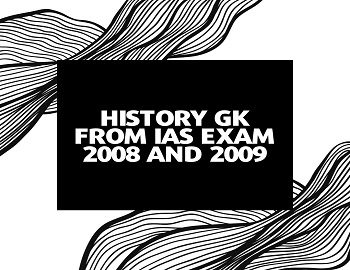
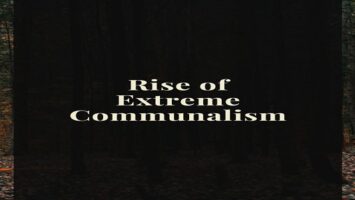
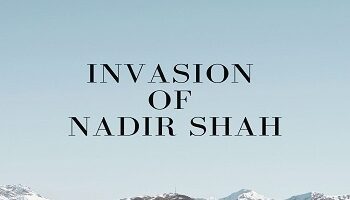
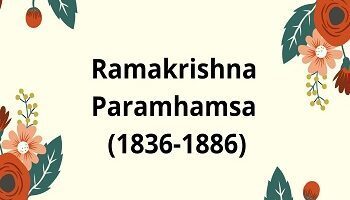

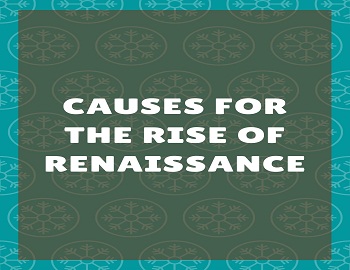
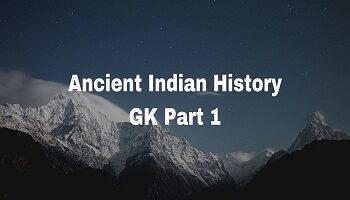
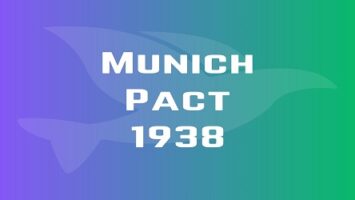

Comments (No)